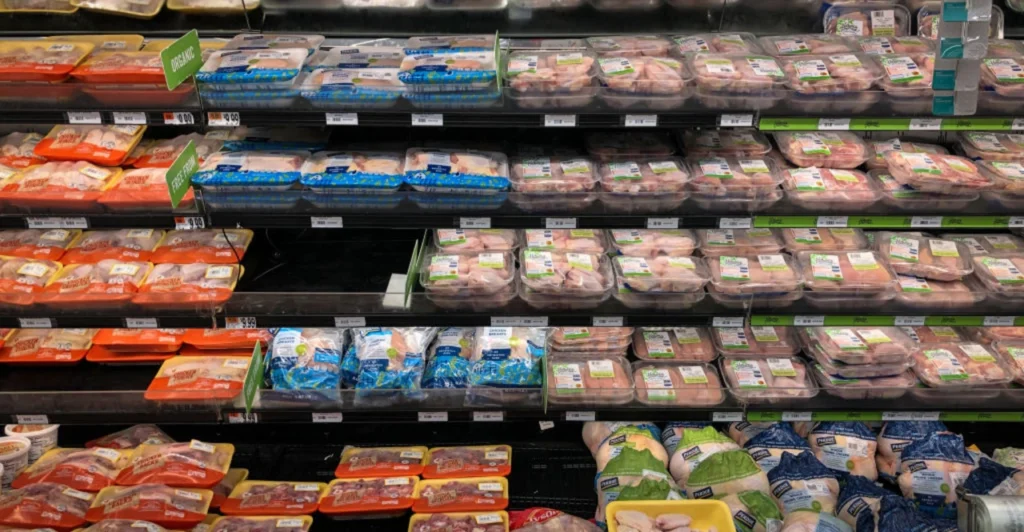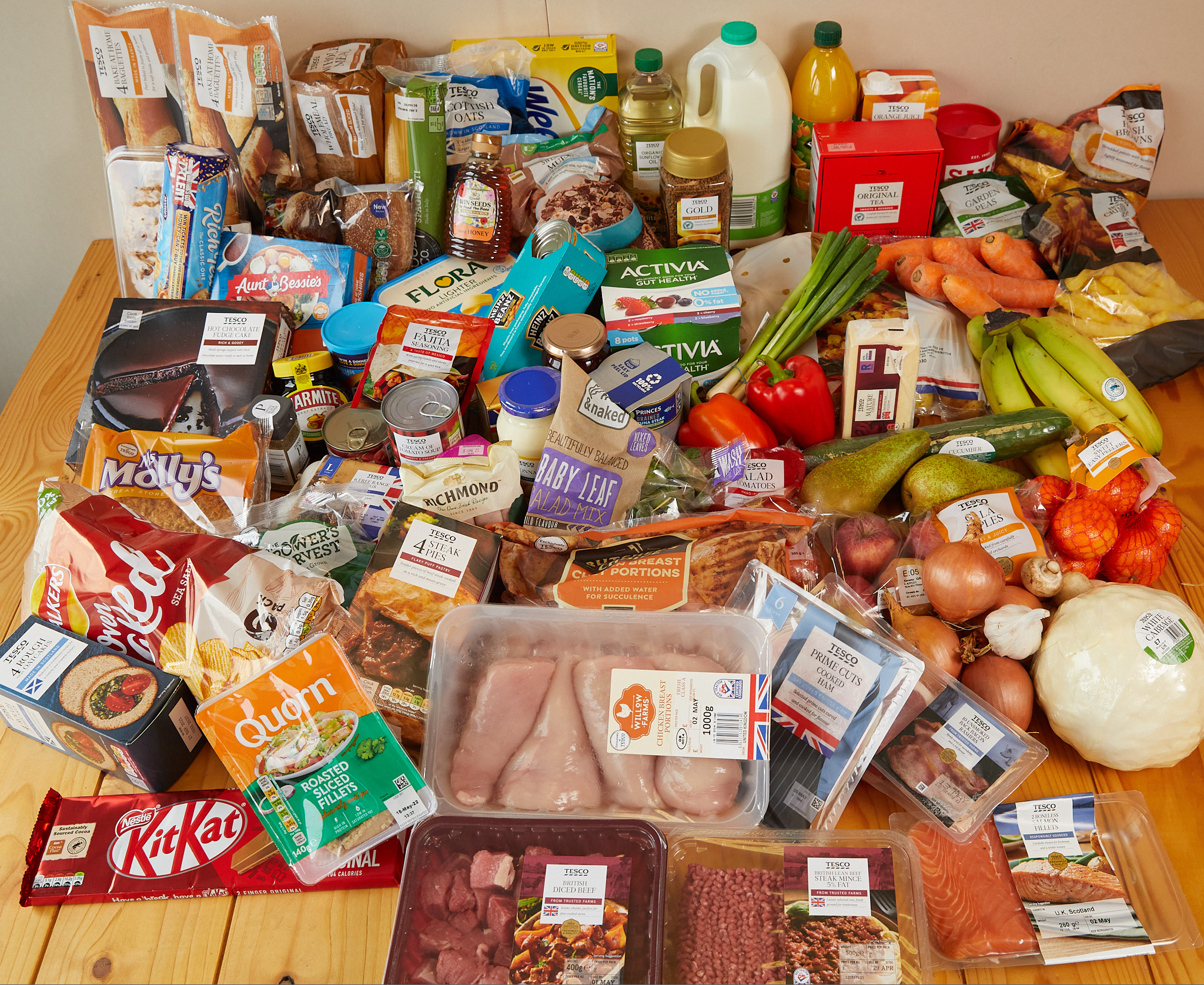Food & Climate
While dairy Price index declined international quotations in December, marking the first decline after seven consecutive months of increases, butter prices registered the largest decline, ending a fourteen-month streak of continuous increases.
The benchmark for world food commodity prices declined in December compared to the previous month, led down by a drop in international sugar quotations, the Food and Agriculture Organization of the United Nations (FAO) reported Friday, according a statement that “Food & Climate” platform received.
FAO Food Price Index stood at 127.0 points in December 2024, down 0.6 points (0.5%) from its November level, as decreases in the price indices for sugar, vegetable oils, cereals, and dairy products more than offset increases in meat.
Butter prices
The FAO Dairy Price Index averaged 138.9 points in December, down 1.0 point (0.7%) from November, but remained 20.2 points (17%) above its corresponding level a year earlier.
Butter prices registered the largest decline, ending a fourteen-month streak of continuous increases, due to subdued global demand and accumulated stocks.
Similarly, world cheese and skim milk powder prices contracted, driven by a weaker international demand. By contrast, international whole milk powder quotations surged, underpinned by price increases in Oceania stemming from solid global demand, especially in Asia, combined with tighter inventories in Western Europe due to seasonally low milk production.
In 2024 as a whole, the FAO Dairy Price Index averaged 129.6 points, up 5.8 points (4.7%) from 2023. This increase was mainly attributed to a sharp surge in butter prices, on the back of a high global demand and constrained exportable supplies, resulting from erratic weather patterns that negatively impacted production.
And the FAO Vegetable Oil Price Index averaged 163.3 points in December, down 0.9 points (0.5%) month-on-month but still 33.5% higher than its year-earlier level.
The marginal decrease of the index mainly reflected lower soy, rapeseed and sunflower oil prices, more than offsetting slightly higher palm oil prices.
In December, international palm oil quotations on average increased by 2.0% from the previous month, largely driven by protracted tight supplies in leading producing countries in Southeast Asia.
By contrast, world soy oil prices fell moderately, underpinned by prospects of ample global supplies and somewhat weaker demand in the United States of America.

Meanwhile, world rapeseed and sunflower oil prices also declined due to contraction in demand. For 2024 as a whole, the FAO Vegetable Oil Price Index stood at 138.2 points, up 11.9 points or 9.4% from 2023 amid tightening global supplies.
The FAO Cereal Price Index averaged 111.3 points in December, relatively unchanged from November and 11.5 points (9.3%) below its year-earlier level.
Pig and poultry meat prices decline
While the FAO food price index declined, meat Price Index averaged 119.0 points in December, up 0.5 points (0.4%) from November, marking a rebound after three months of consecutive declines.
At this level, the index stood 7.9 points (7.1%) above its corresponding value a year ago.
The increase was primarily driven by higher bovine meat prices, resulting from strong global demand coupled with production constraints due to routine end-of-year maintenance shutdowns at processing plants in major exporting countries.
Likewise, international ovine meat prices rose, underpinned by reduced slaughter availability in Australia following improved pasture conditions from recent rainfall, which encouraged higher livestock retention, combined with sustained global demand.
By contrast, pig meat prices declined, underpinned by weaker-than-expected consumer demand in the European Union ahead of the winter holidays. Meanwhile, poultry meat prices registered a slight decline due to ample export supplies from Brazil.
In 2024 as a whole, the FAO Meat Price Index averaged 117.2 points, up 3.1 points (2.7%) from 2023, driven by robust import demand from key meat-importing countries, amid slower global production growth. This sustained higher average prices for bovine, ovine, and poultry meats, while average pig meat prices declined, prompted by subdued import demand, particularly from China.
The FAO Sugar Price Index averaged 120.0 points in December, down 6.4 points (5.1%) from November, marking a second consecutive monthly decline and standing 14.2 points (10.6%) below its value in December 2023.
The decrease in world sugar prices was driven by larger- than- expected sugar production in Brazil in the second half of November and the weakening of the Brazilian real against the United States dollar. In addition, improving prospects for the sugarcane crops to be harvested from April 2025 in Brazil and the ongoing crushing season in India and Thailand, where mills are fully operational, also contributed to the decline in world sugar prices.

For 2024 as a whole, the FAO Sugar Price Index averaged 125.8 points, down 19.2 points (13.2%) from 2023 mainly reflecting record-high exports from Brazil during the year and a positive global supply outlook for the 2024/25 season.

